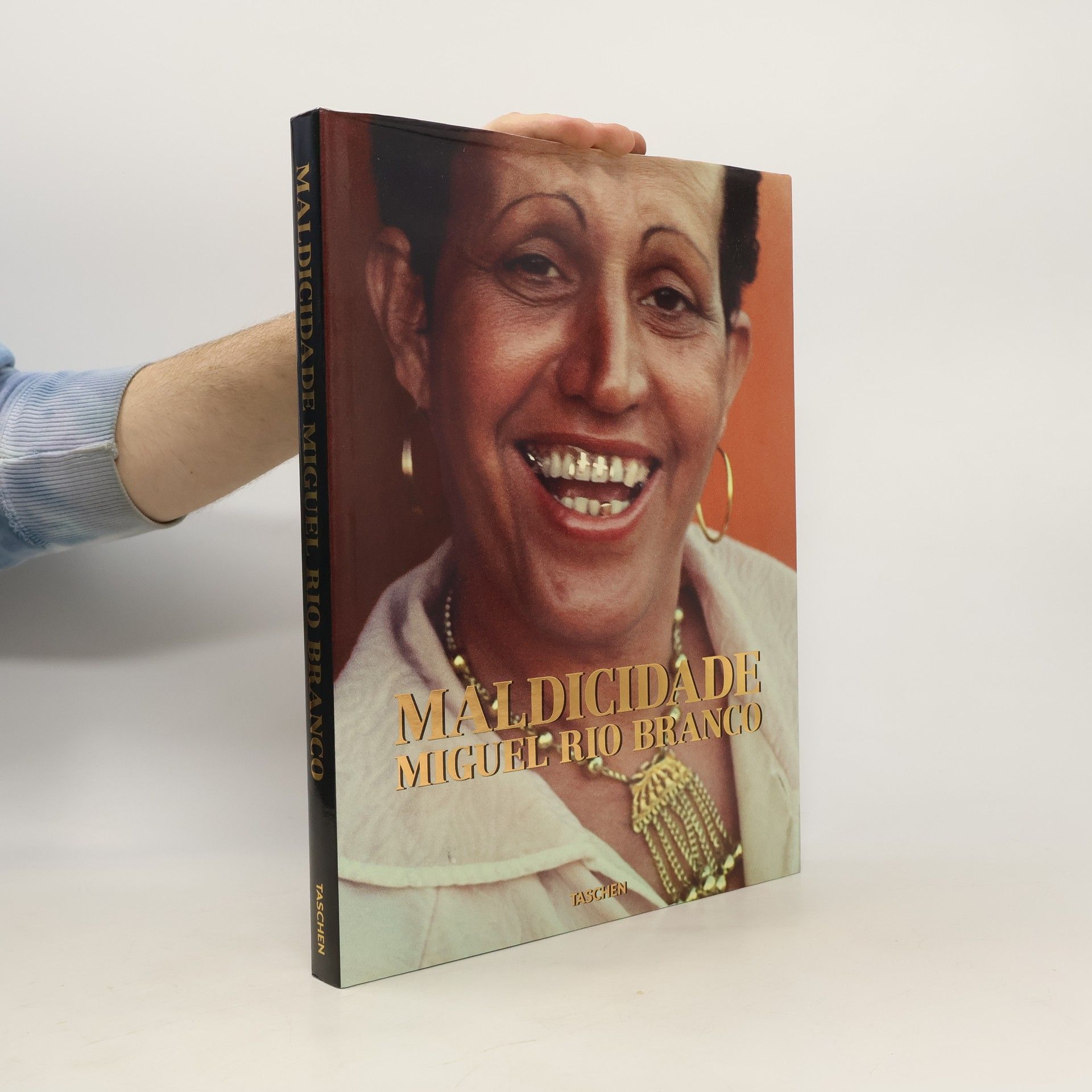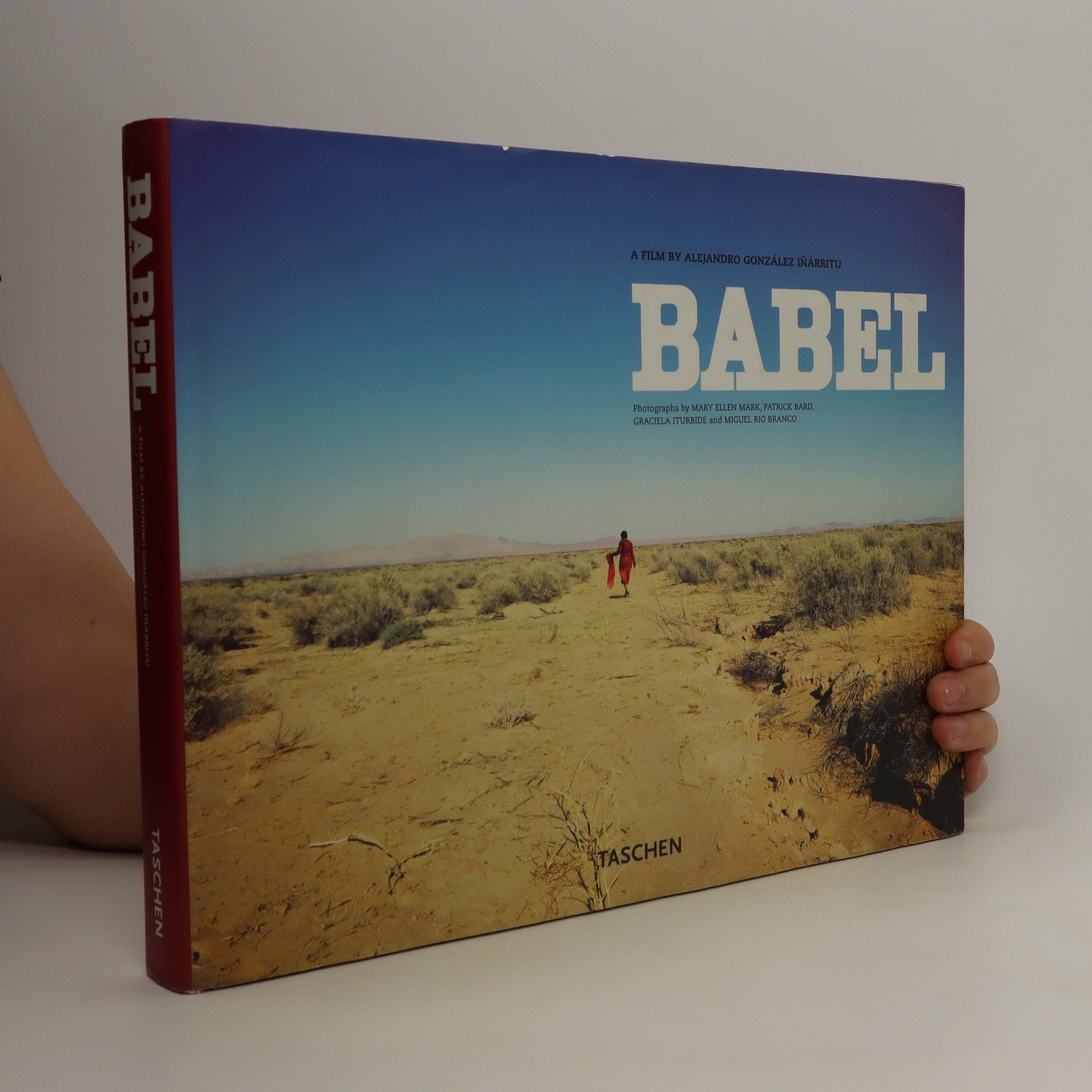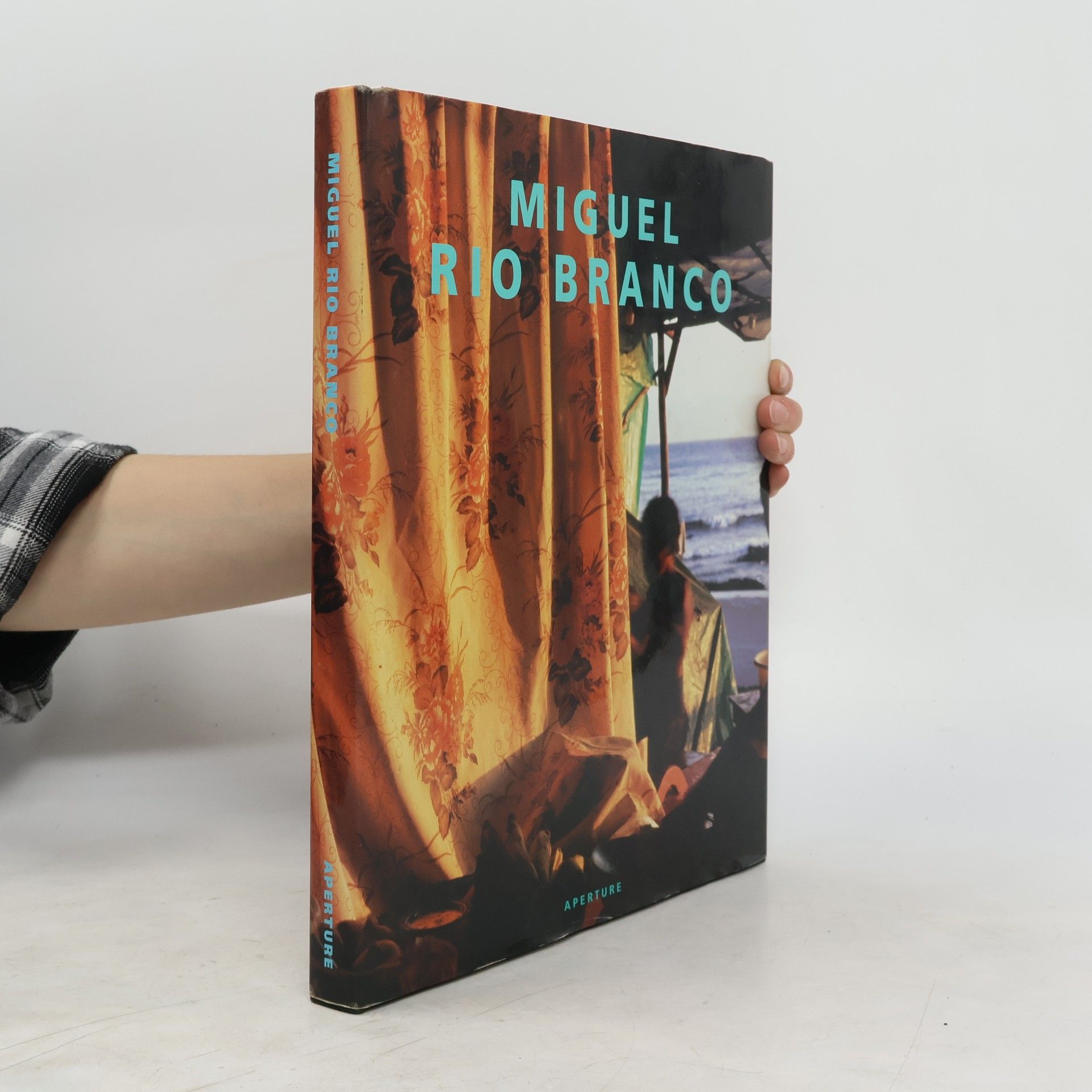The long-awaited first retrospective of the Brazilian photographer Miguel Rio Branco.The deep, succulent color of Miguel Rio Branco's images reflects the richness and complexities of contemporary Latin America; Rio Branco has received wide acclaim for his projects on boxers, Brazilian children, and Cuba. Through his mastery of layering with both color and light, Rio Branco reveals hidden and forbidden segments of his surroundings, illuminating the unspoken and the instinctual. By focusing on the textures of fur and feathers, the flesh of slaughtered animals, or languid human bodies, he captures the cultural layers around him and provides a provocative vision of Latin America.Drawn from thirty years of work, these photographs display the talent for visual construction that Rio Branco utilized in his direction of more than twenty films. His remarkable conception of installation is a skill attributed to his formal training as a painter. The author, poet, and art commentator David Levi Strauss notes that "Rio Branco's colors seep out of their borders like bodily fluids, staining and contaminating everything around them. Bodies, bindings, wounds, and walls are wet with color. Even his mirrors bleed. Rio Branco's is an art of contamination, contagion, and corrosion, but also of resistance and transcendence."
Miguel Rio Branco Books




Livro concebido pelo artista em torno da chamada "cultura do deserto" norte-americana. Centenas de imagens reproduzem a premiada instalação 'Entre os olhos, o deserto', que reuniu objetos, esculturas e projeções múltiplas de fotos tomadas no Novo México e estados vizinhos.
Maldicidade
- 464 pages
- 17 hours of reading
Seit dem Ende des 20. Jahrhunderts leben mehr Menschen in Städten und stadtähnlichen Ballungsräumen als auf dem Land, ein Drittel von ihnen in Slums. Dieser globale Trend spiegelt sich in einer vereinheitlichenden Architektursprache wider, die Metropolen und Megacitys ähnlicher werden lässt. Abseits historischer Wahrzeichen und imposanter Skylines zeigen sich austauschbare urbane Leerstellen und verlassene Viertel. Hier finden sich gescheiterte Menschen, Müll und Verfall, überlagert von einem Miasma der Perspektivlosigkeit. Miguel Rio Branco richtet in Maldicidade die Kamera auf diese Nebenschauplätze: Obdachlose, Bettler, Prostituierte, streunende Hunde und demolierte Autos. Diese Szenen zeigen die Stadt nicht als Raum der Möglichkeiten, sondern als Ort des Scheiterns. Die Fotografien, die in einer einzigen Sequenz angeordnet sind, lassen eine universelle Stadt erkennen. Rio Branco arrangiert die Bilder rhythmisch, gruppiert Motive, Farben und Formen zu sinnvollen Mustern. Gelegentlich unterbricht er den Fluss mit Bildern von lachenden Menschen oder tanzenden Paaren, die eine Atempause zwischen dem Elend bieten. Maldicidade zeigt einen radikal zersetzten urbanen Raum, eine Welt, die Dystopien übertrumpfen möchte, in der jedoch auch Momente von Lebenswillen und Lebensfreude aufscheinen.